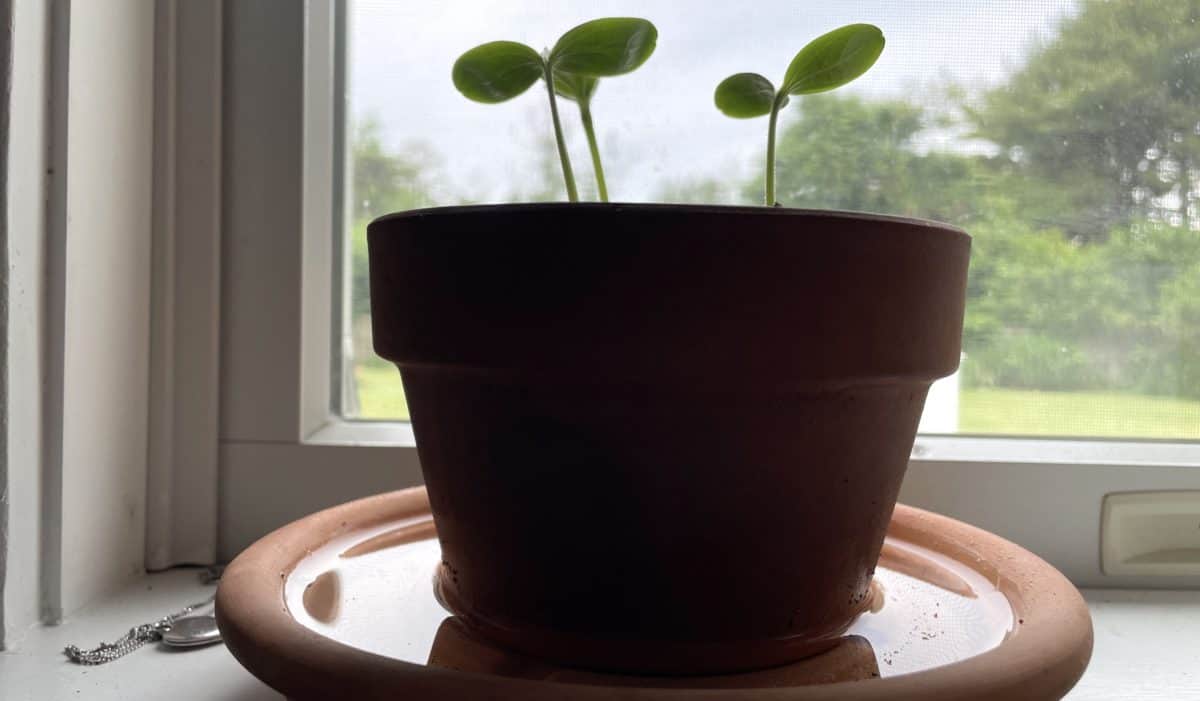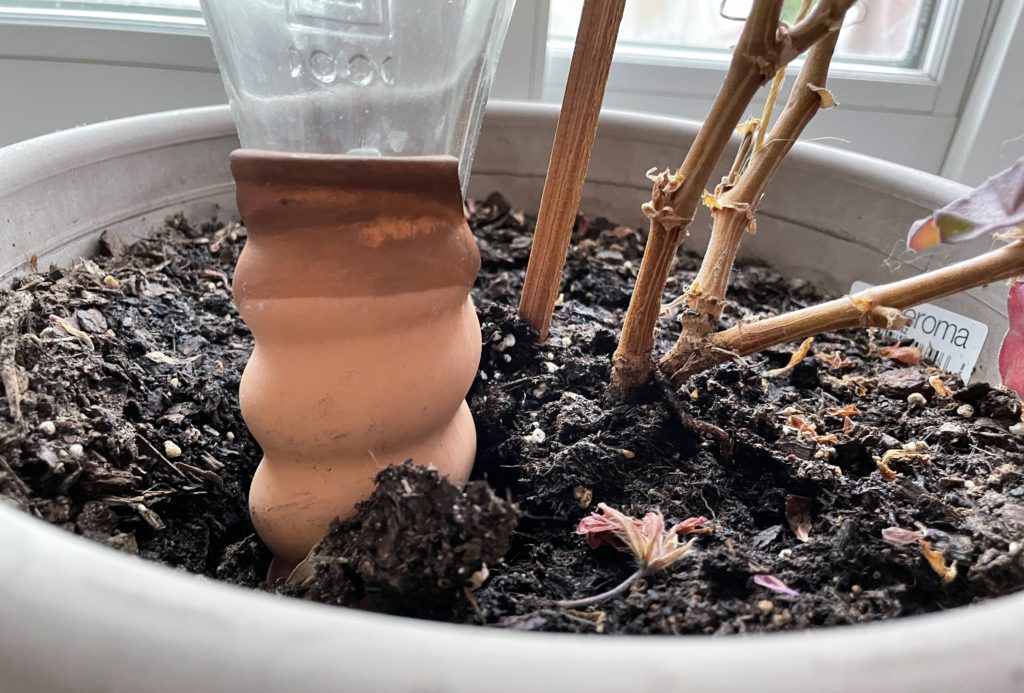How To Water Indoor Plants While You Are Away From A Vacation Home

Going to be away from your weekend home for a week or three? What will become of your indoor plants? Will they have a chance to survive without someone watering them?
What might seem like an impossible situation is actually somewhat preventable, so long as you won’t be away for too long.
Self-watering Planter
Sometimes the best answers are the most simple ones. You want plants that don’t need to be waters? Put them in self-watering pots or planters. A self-watering planter is basically a container with a reservoir at the bottom. You fill the reservoir — either by watering the plants or with a fill spout — and then the water at the bottom will keep the entire pot watered as the soil at the bottom absorbs water and it’s slowly distributed through much of the planter. As the plants grow and their roots get lower into the pot, closer to the water, they will be closer to the reservoir and get better at retrieving the water.
Just keep in mind that some plants prefer to dry out between waterings, so you can’t just a self-watering pot on just anything. Orchids and others won’t like this, where many plants will grow better than ever when using it.
Cord and Bag
If you only want to use stuff around your house in order to water your plants you can actually get by with some 1-gallon ziplock bags and some cotton cord or rope. The process is rather simple:
- The potted plant is placed in a sink near a window
- The plastic bag is filled with water and the placed next to the pot
- A small hole is made in the pot, not far from the plant’s roots, but not too close
- The rope is placed in the bag and then a section is pulled out and pushed down into the hole you just made
- The bag is closed as much as possible and propped up so it’s not leaking
Basically, the rope acts like a wick which transfers water slowly from the bag into the soil. This might not seem like it’ll work, but it actually does. The main challenge here is filling the plastic bag and keeping it upright with no leaks. You can clip the bag to the rim of the pot in order to make things a bit easier.

Wine Bottle And Terracotta Stakes
As you might know, terracotta — the material most plant pots are made from — is porous to water. So clever gardening companies has started to sell terracotta stakes which you place on top of a wine bottle after filling the bottle with water. After that, you flip the bottle and push it into the soil near your plant. You’ll then have about 750 ml of water that gets slowly distributed into the pot over the course of the next two or so weeks.
You can find these stakes all over the place and they normally cost about $2 to $3 each. You’ll need to provide your own wine bottles though.
And yes, a glass watering globe is essentially the same thing as these, but those are quite fragile and have limited capacity so we prefer the terracotta system.
Automated Watering System
As with all other systems in your home, there exist “smart” systems for watering plants as well. These are just what you’d expect: an electronic timer combined with a water reservoir, which acts like an automatic drip hose for your plants.
These systems range from about $40 for a simple Amazon.com setup to multiple hundreds of dollars for high-end, multi-plant arrangements, so the sky it the limit if you want to get technical with your watering systems. You’ll need to do some work in order to program the timers and setup the reservoir, but once you get this going, you’ll be good to go, as long as the reservoir is full. And since there is a pump involved you can usually put the draw hose into something huge, like a 5-gallon water jug so your watering capacity can span multiple plants over many days.
Some top systems include:
- Claber Oasis Automatic Drip Watering System
- Melnor 15100 Plant Watering Kit
but you’ll want to get exactly what you need for your home and indoor plant arrangement.